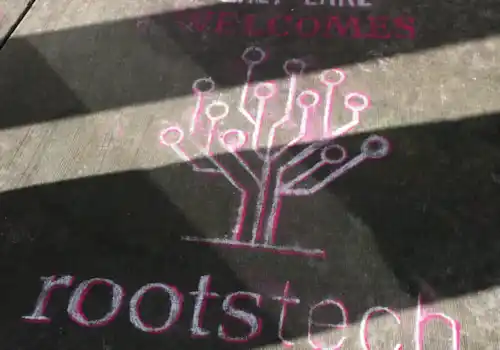29 July 2024
|
Dive deeper into your family history and learn more about the lives your ancestors once led. We have a hand-picked selection of 7 super websites to help you explore their stories more fully.
Tracing our ancestors’ names and dates and adding them to the family tree is just the first step. Make sure you give yourself the time to focus on your ancestors’ lives, exploring their locality, digging deeper and learning more about the places they once lived, the work they undertook, the schools and churches they attended, and the shops and places of leisure they may have enjoyed, to give you a better flavour of what their lived experiences were actually like.
Here’s our selection of 7 super websites to help you take yourself on a family history tour.
Find a map to use for your family history
How can maps help with family history?
The first step is to orient yourself in the past and see the local area through your ancestors’ eyes with the help of a contemporary map. Doing so will help you visualise how built up was the area in which your ancestors lived; where their nearest butcher and baker was? How far was it to their local church? Which way might they have walked to work? What were their options for leisure time – was there a town park nearby, or perhaps a pub?
By plotting your ancestors’ addresses on a map you may make interesting discoveries. For instance, perhaps you will notice a closely-knit family network with several households of relations in the vicinity? Perhaps you’ll be able to plot their movements over the years, and analyse why they may have moved? A growing family? Moving up in the world? Or perhaps they’d fallen on harder times. The facilities and industries in the vicinity will help to give you a flavour of the area.
For free online maps covering the UK, Ireland and further afield, you know where to go: see https://maps.nls.uk/
What’s the next step?
Discover how trade directories can enhance your family history
Spend time poring over a contemporary trade directory to learn about the town and community in which your ancestor lived. You’ll gain a sense of the traders in existence. How many others were operating in your ancestors’ line of work. What shops and facilities were available in their area? Lists of schools, postal collections, carriers and more.
For beautifully digitised historic trade directories, see free site the Internet Archive. Experiment with searching on your county/town or place name of interest with the word ‘directory’ at https://archive.org/advancedsearch.php
Read the newspapers for family history clues
Yes don’t just search for your ancestors’ names, give yourself the time to read the papers of the past. Doing so will give you so many insights to your ancestors’ world. From charity fundraising events, to industrial accidents, local cricket matches to burglaries and so on. Many newspapers were much slimmer than those of recent decades, so it’s not as big a commitment to skimread a newspaper from a bygone time as you may imagine.
If you don’t wish to take out a subscription, but do wish to be able to explore a vast range of digitised newspapers, don’t forget the ‘pay as you go’ option at the British Newspaper Archive: https://www.britishnewspaperarchive.co.uk/account/subscribe
(For excellent free collections of newspapers, see for instance, for Wales https://www.library.wales/digitisation-projects/historical-newspapers-and-journals)
Explore the gazetteer & learn about your ancestors' localities
A bit like a written ‘map’ the gazetteer entry for your ancestors’ town will give you many clues to the local area, often covering information from geology, to farming conditions and dominant employment opportunities.
You may find gazetteer publications combined with those of trade directories. A good place to start your virtual visit to a place in the past is the free Vision of Britain website: https://www.visionofbritain.org.uk/
In addition to gazetteer extracts for your place of interest you may come across census statistics, historical maps, travel diary descriptions and more.
Visit the museum: virtual visiting tips
Visit the website for the local museum, or track down a museum relevant to your ancestors’ occupation, or religious, for instance.
For England, a good place to start is the listing at https://en.wikipedia.org/wiki/List_of_museums_in_England
Drill down to your county of interest and see what piques your curiosity. With the 30th anniversary of the Heritage Open Days coming up this September, now is also a good time to explore https://www.heritageopendays.org.uk/ and plan your itinerary for next month’s free Heritage Open Days 6-15 September 2024.
Don't forget to explore the museum website thoroughly. An online catalogue may provide useful clues for you to follow up.
If you have a website that you find yourself turning to time and again, as you go about your family history, to help you learn more about your ancestors’ lives and times – particularly the places they once lived, to help give that all-important context to their experiences – then please do let us know and we’d love to share it. Email [email protected] with details of the url and why you find your chosen website so valuable to visit.








